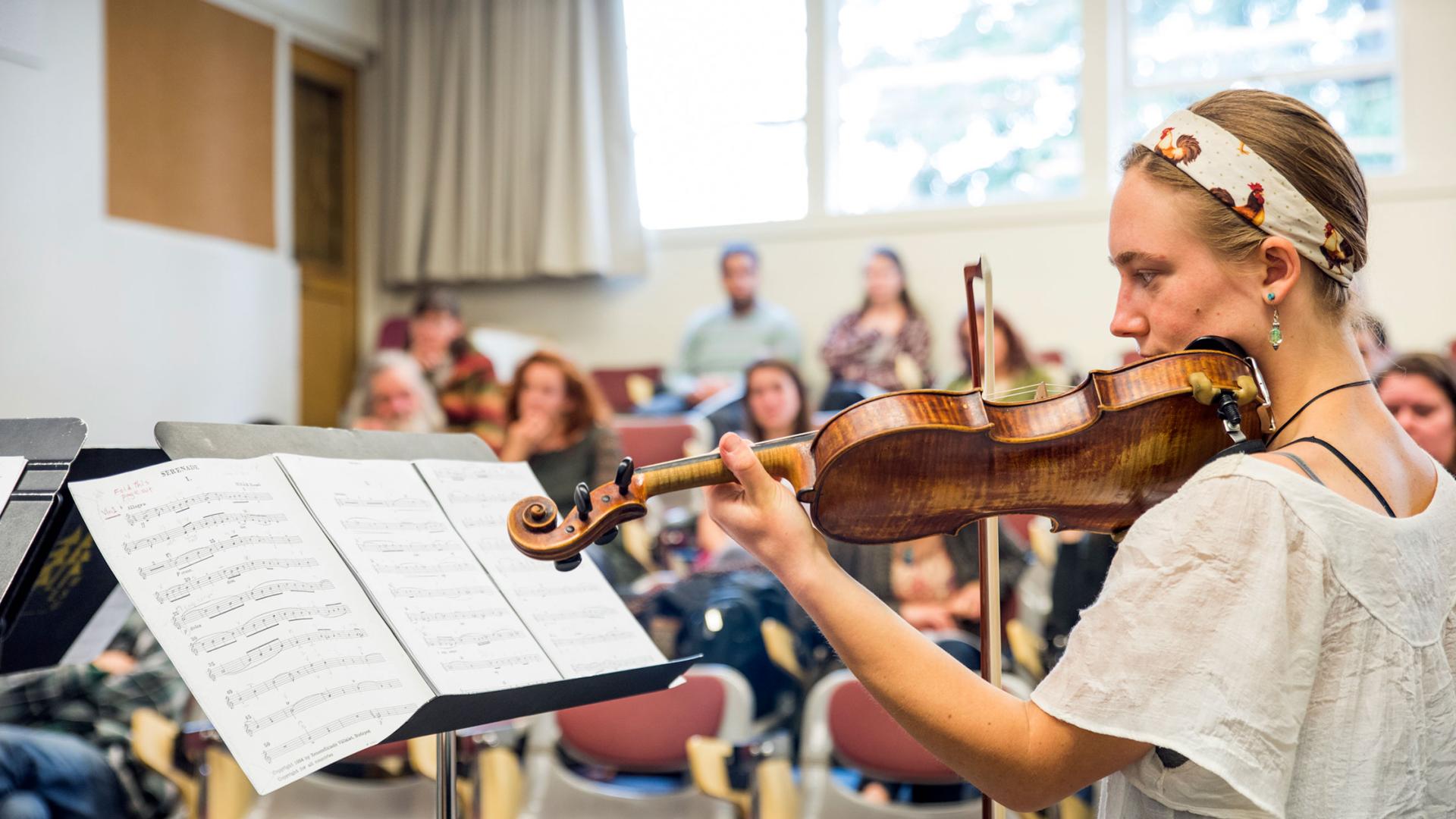Breadcrumb
Jamaica coffee farm model
Professor Matthew Johnson of Cal Poly Humboldt's Department of Wildlife has worked for many years in coffee farms around the world.
In his field studies of North American songbirds that overwinter in Jamaican coffee farms, he discovered that these birds provide an important ecosystem service: consuming large numbers of the Coffee Borer Beetle, a major pest in many coffee regions. This discovery raised many questions that are interesting, complex, and important for both environmental and economic reasons: how do land use decisions by farmers, such as whether to grow shade- or sun-grown coffee and how much forest to preserve, affect bird densities and the pest control services they provide and, therefore, the value of the coffee crop? Dr. Johnson realized that these questions are too complex to be answered even with his extensive field studies and asked us to help build a model that could serve as a virtual laboratory to study these questions.

The result was the Jamaica coffee farm model, which links land use, migratory bird densities, and coffee production. Its key features are:
- Users can generate artificial landscapes that have known characteristics: the area in each land use type, and the average size of land use type patches. This feature allows experiments that gradually vary the availability of different land uses, with replication via multiple landscapes with the same overall characteristics.
- Bird foraging as the key process linking land use, bird densities, and pest control by birds. Each land use type has its own characteristic food availability conditions for birds, and the pest beetles are treated as a separate, alternative food source that birds may choose to eat. Simulated birds decide which habitat cell (typically 5x5 meters in area) to feed, updating this decision as often as every minute. Birds compete with each other via food depletion. Our theoretical research on this project focused on developing and testing foraging models that are useful in the model's semi-realistic context--we found the classical bird foraging theory inadequate.
- Simulations represent one coffee production season, with outputs representing bird density and production of uninfested coffee. The model therefore can be used to find land use strategies that provide a good tradeoff between bird conservation and crop production.
A secondary purpose of this project, for the modelers, was to provide a specific example of the "pattern-oriented" strategy for designing individual-based models and testing their theory for individual adaptive behavior. The first publication from the project explicitly illustrates how we used 9 patterns observed in Dr. Johnson's field studies to determine what entities, variables, and mechanisms need to be in the model. It also illustrates how we used the same patterns to contrast and attempt "falsification" of four alternative bird foraging theories, showing that only one of the theories caused the model to reproduce all the patterns and hence be useful in the model.
The project produced two publications (both described on our publications page). The first (2011, Ecological Modelling) provides a complete model description and a description of the pattern-oriented process used to design it. The paper also discusses reasons why classical theory of behavioral ecology often fails in IBMs.
The second publication (2014, PNAS) uses the model to draw conclusions about interactions among land use, conservation, and agricultural production when wildlife provides pest control services.





